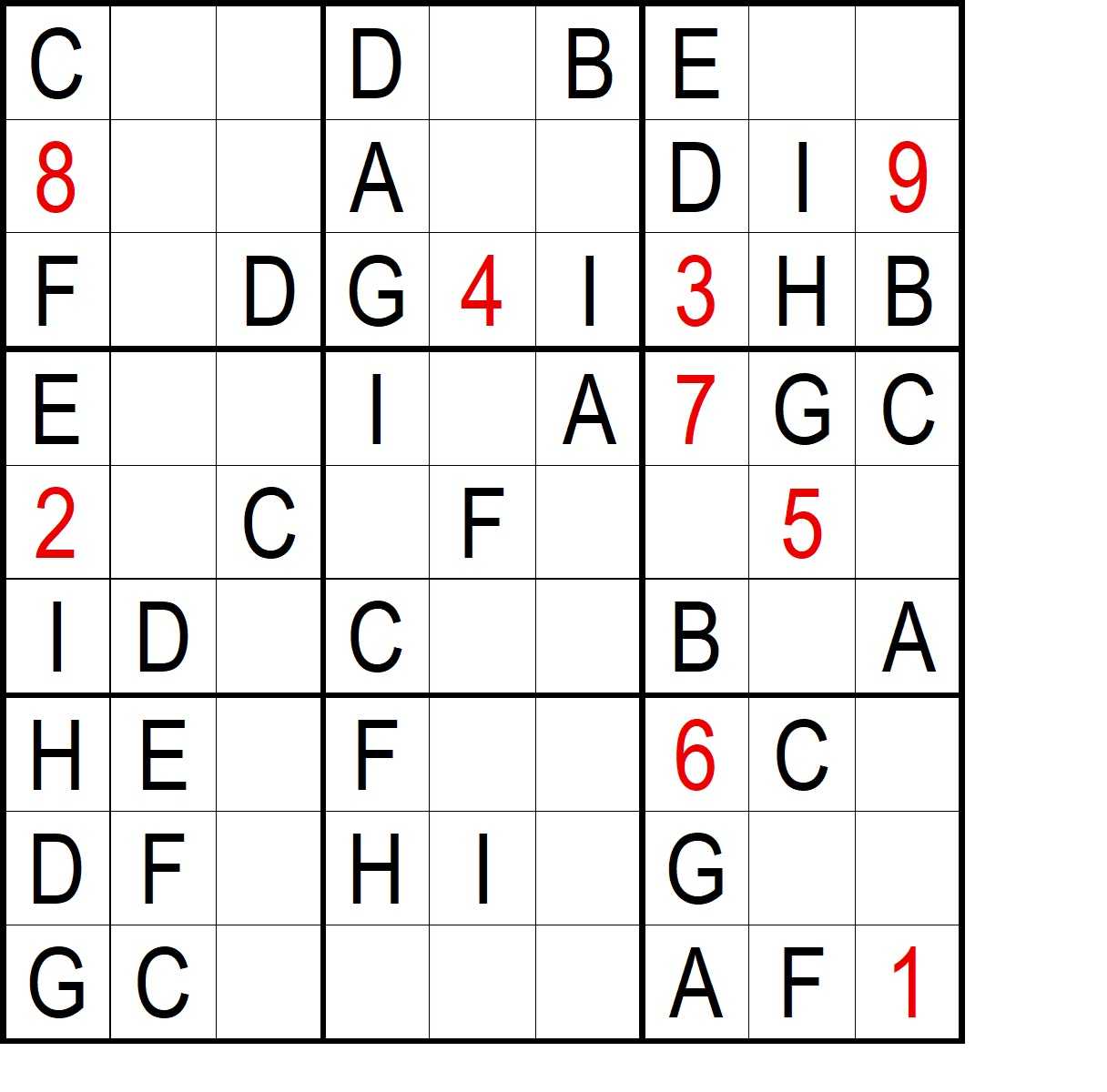
Alphabetical Sudoku Trivia Quiz
Yes, a Sudoku puzzle without numbers! Each of these nine numbered squares contains a different letter. Can you work out which letter goes in each?
A label quiz
by looney_tunes.
Estimated time: 3 mins.


| 1. |
| 2. |
| 3. |
| 4. |
| 5. |
| 6. |
| 7. |
| 8. |
| 9. |